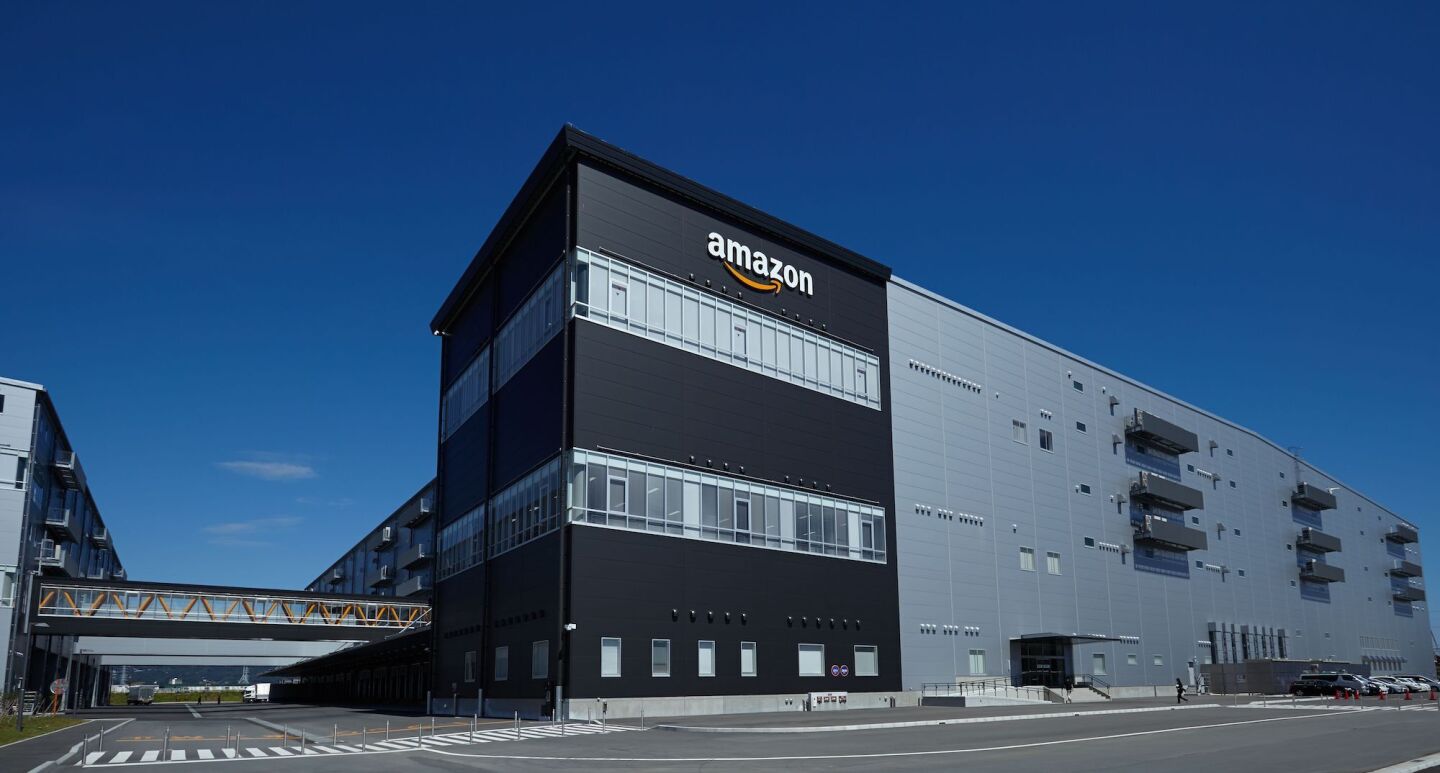In the third quarter of 2024, Amazon’s advertising business generated an impressive $14.33 billion, marking a 19% increase compared to the previous year. While this growth is significant, it reflects a deceleration from the 26% growth seen in the prior quarter. Despite these fluctuations, advertising now constitutes nearly 9% of Amazon’s total sales, which surged to $158.88 billion, driven by a broader 11% revenue growth across the company.
Amazon’s ascent in the advertising sector is no accident; it stems from a strategic evolution in how the company integrates advertising within its ecosystem. Over recent years, Amazon has transformed its platform into a formidable competitor in the digital ad space, previously dominated by tech giants Alphabet and Meta. In a bold move, Amazon expanded its ad offerings by integrating advertisements into its streaming service, Prime Video, earlier this year. This change was accompanied by the announcement of over $1.8 billion in commitments from advertisers during Amazon’s upfront presentation in September, showcasing robust demand for its advertising solutions.

However, while the numbers look promising, the backdrop reveals potential challenges. Analysts express concerns about market saturation as Amazon competes against both established players and emerging retail media networks. Despite the slowdown in growth rates, Amazon’s ad revenue continues to outpace its overall business growth, as evidenced by its 19% rise versus the 11% increase in total sales. This disparity highlights the company’s increasing reliance on its advertising segment to drive future revenue.
Market share plays a critical role in this narrative. Amazon currently holds approximately 8.8% of the global digital advertising market, lagging behind Alphabet’s 27.7% and Meta’s 22.8%. Together, these three companies account for nearly 46.1% of all advertising spend globally. The competition intensifies as these companies innovate and expand their ad services. For instance, Alphabet recently reported a 10% increase in ad revenue to $65.85 billion, with its YouTube unit seeing a 12% rise.

Key factors contributing to Amazon’s recent advertising growth include an expansive range of ad placements and the effective use of consumer data. The introduction of ads in shopping carts and on Prime Video represents a strategic push to monetize various platforms. Furthermore, Amazon utilizes its vast consumer data to provide advertisers with targeted advertising solutions that are more likely to convert, appealing to brands looking for significant returns on their investments.
In addition to targeting and placements, Amazon’s commitment to technology innovation is pivotal. The company is investing heavily in artificial intelligence to enhance ad relevance and improve user engagement. This includes developing generative AI tools that can create tailored advertising content, thereby increasing the effectiveness of campaigns.
While challenges like market saturation loom on the horizon, Amazon’s engaged consumer base presents a unique advantage. Many shoppers initiate their purchasing journeys on Amazon, making it an attractive platform for advertisers. The combination of a well-integrated ad strategy, data-driven targeting, and innovative technology positions Amazon favourably in a competitive landscape, despite its smaller market share.

